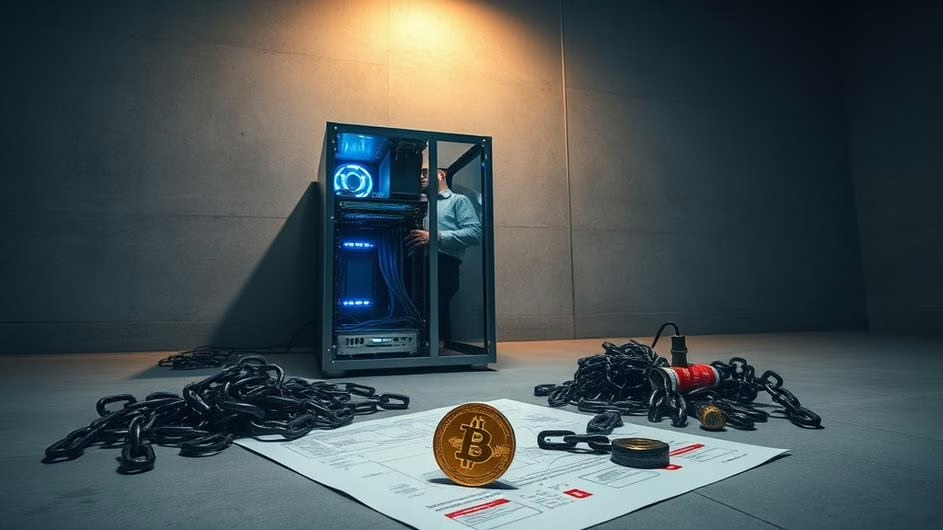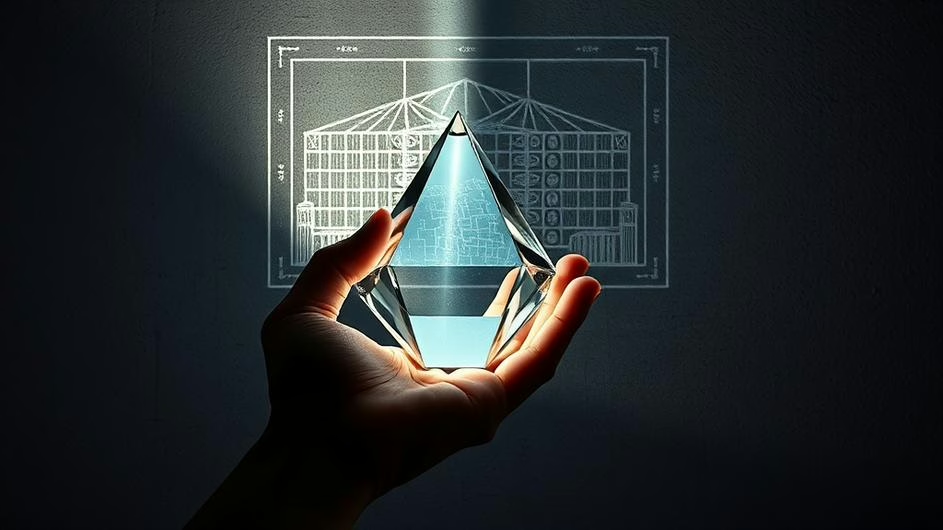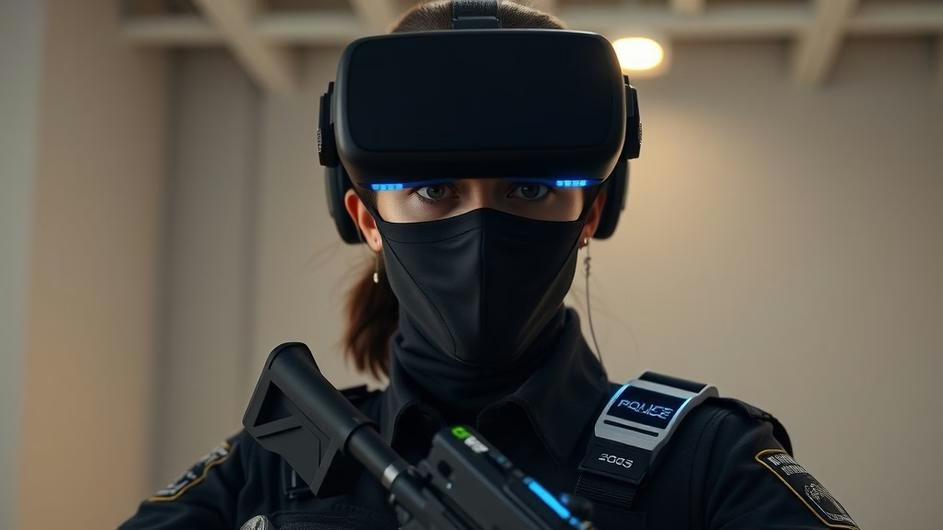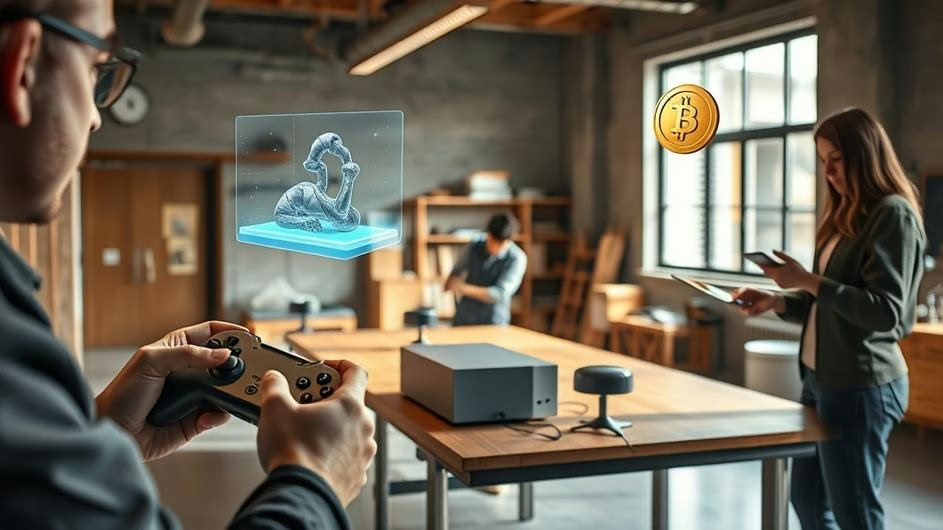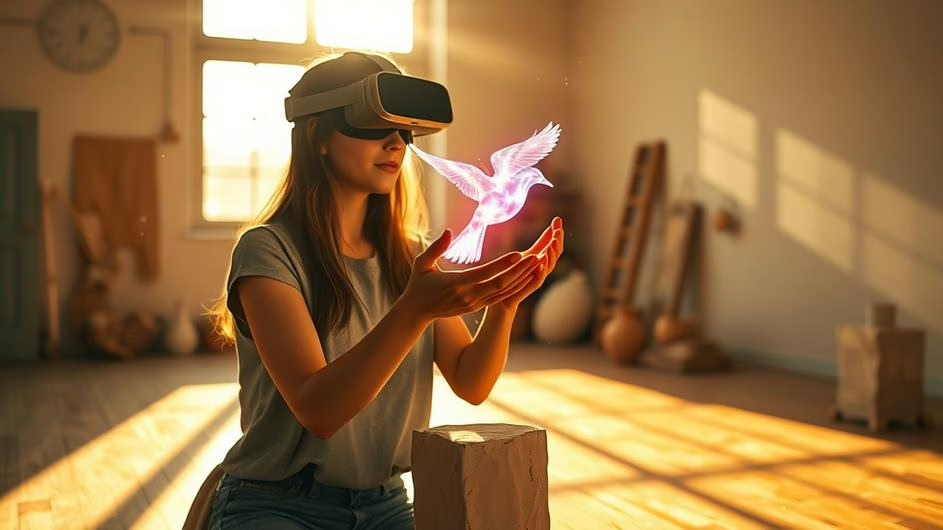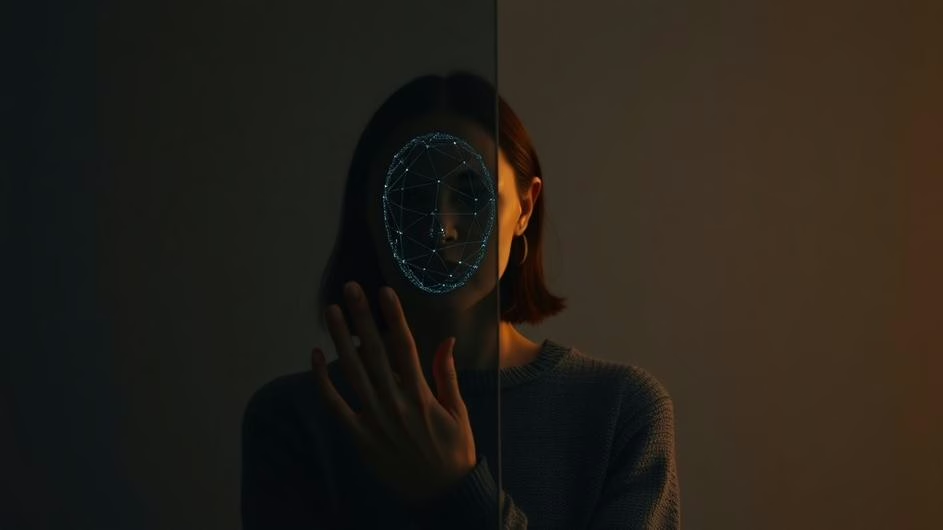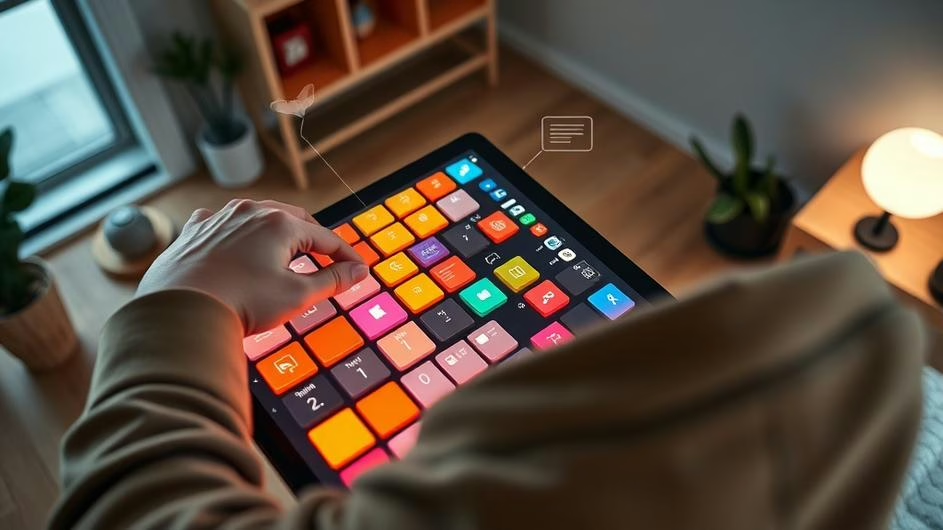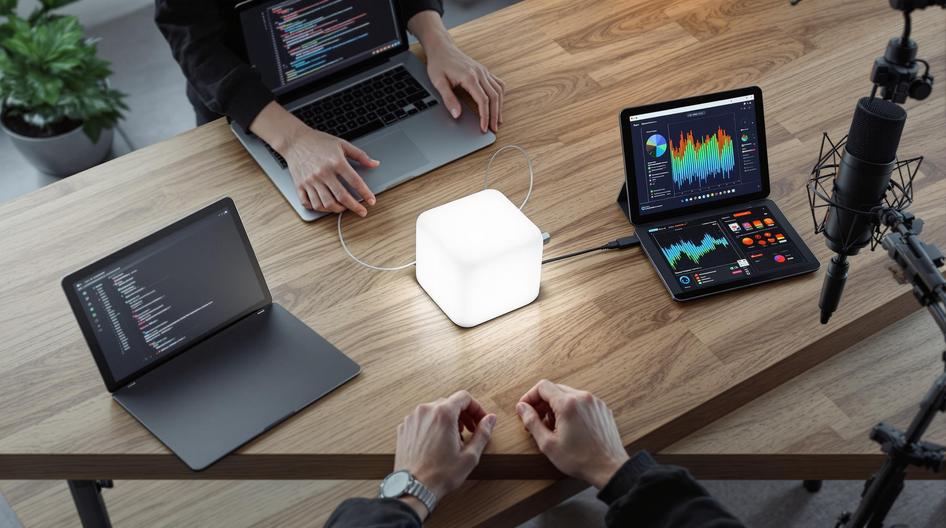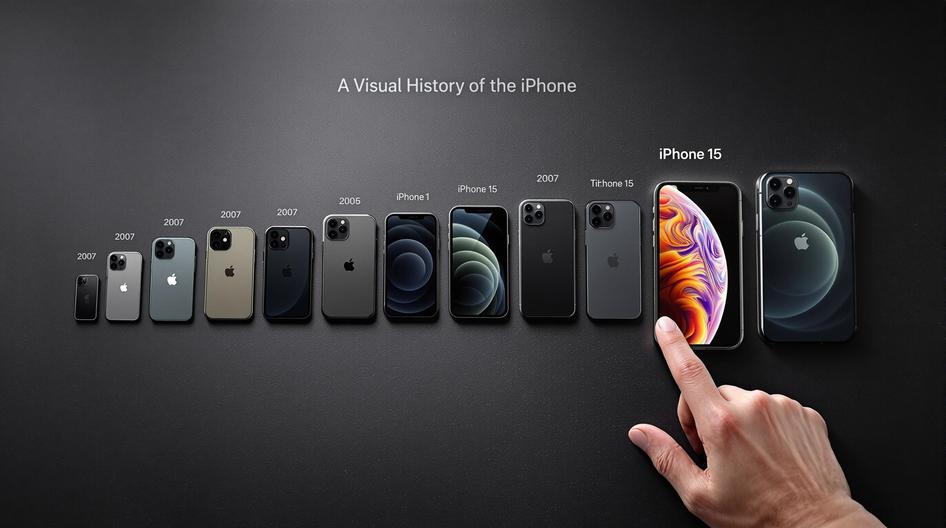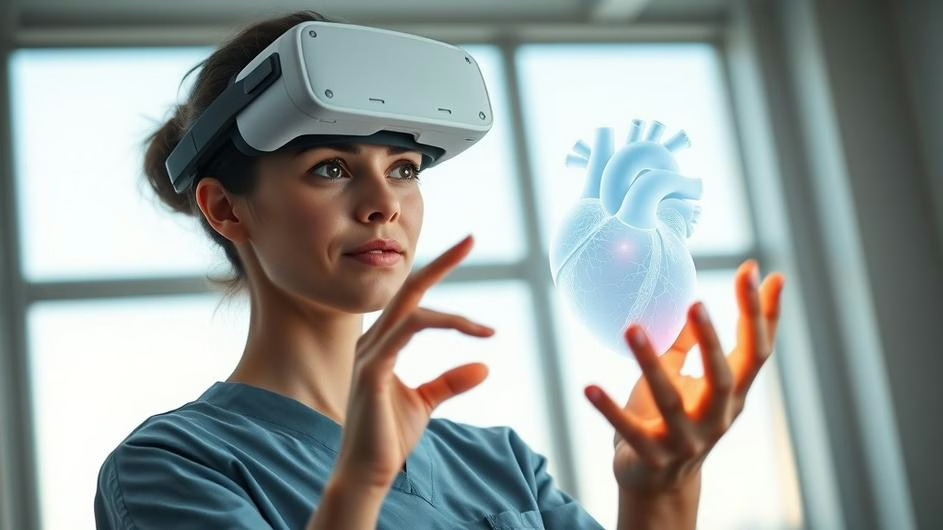
VR Evolves: From Sleuthing Mysteries to Shaping Real-World Spaces and Skills
The virtual reality space is hitting its stride right now. What started as clunky headsets and niche gaming experiences has transformed into something that’s genuinely reshaping how we work, learn, and play. October 2025 brings us three fascinating examples that show just how far VR has come, and honestly, where it’s headed next might surprise even the most optimistic tech enthusiasts.
For developers building in Web3 and decentralized gaming, these developments offer a glimpse into immersive experiences that could soon integrate with blockchain-based economies and NFT marketplaces.
Classic Detective Work Gets a VR Makeover
Meta’s Quest 3 just got a new tenant: Sherlock Holmes. The latest VR Holmes game didn’t make huge waves at launch, but it’s doing something pretty clever. Instead of watching Holmes solve mysteries, you become the detective. You’re physically crouching down to examine evidence, rifling through drawers, and piecing together clues with your own hands.
This isn’t just another port of an existing game. It’s a complete rethinking of how stories can unfold when you’re not controlling a character but actually being one. The difference is subtle but profound, especially for anyone who’s tried traditional point-and-click adventure games.
Stealth gaming is getting the same treatment. Thief VR: Legacy of Shadow takes the franchise’s signature sneaking mechanics and makes them visceral. When you’re physically ducking behind cover and listening for footsteps, the tension becomes real in a way that button presses never quite captured. The developers mentioned how VR’s sense of presence amplifies every aspect of stealth gameplay. You feel exposed when you’re out in the open. Your heart actually races.
These adaptations matter because they’re proving VR can enhance existing IP without just slapping on a VR label. For augmented reality and immersive tech investors, this represents a maturing market where content quality is starting to match hardware capabilities.
Your Home Becomes the Game World
Here’s where things get really interesting. House of Golf VR from Starlight Games is launching this month, and it’s not just another mini-golf simulator. The game lets you design courses using your actual furniture and walls as obstacles. Your coffee table becomes a ramp. Your couch becomes a bunker.
This mixed reality approach represents something bigger than just clever game design. Meta’s Quest 3 made headlines for its color passthrough technology, which finally made mixed reality feel convincing rather than gimmicky. Where traditional VR replaces everything you see, mixed reality blends virtual objects with your real environment.
House of Golf VR’s October 30 launch represents a shift toward experiences that don’t require you to abandon your physical space entirely. You can build elaborate, physics-defying courses that wind around your living room, then instantly transport to fantastical VR worlds for traditional gameplay.
For the crypto community, this evolution toward mixed reality environments could eventually integrate with Web3 virtual worlds and metaverse platforms. Imagine NFT collectibles that appear in your actual living space, or blockchain-verified virtual real estate overlaid on physical locations.
VR Tackles Real-World Training Challenges
But VR’s biggest impact might not be in gaming at all. Osso VR just launched their Nurse Training Platform, and it’s addressing a genuine crisis in healthcare workforce development.
Nurse onboarding is expensive and time-consuming. Hospitals need new graduates to be competent quickly, but traditional training methods are resource-heavy and inconsistent. Osso VR’s platform simulates real medical procedures and workflows, letting nurses practice repeatedly without risk. They get immediate feedback, can retry difficult procedures, and build confidence before working with actual patients.
The data component is particularly compelling. Through their Osso Loop learning platform, hospitals get detailed analytics on training progress. This isn’t just about replacing traditional education; it’s about making it measurably better.
Healthcare training represents one of VR’s most promising applications because the ROI is clear and immediate. Better-trained nurses mean better patient outcomes and reduced liability. The technology is solving real problems, not just creating novel entertainment.
For healthcare technology investors, this demonstrates how immersive tech can drive genuine efficiency gains in high-stakes environments.
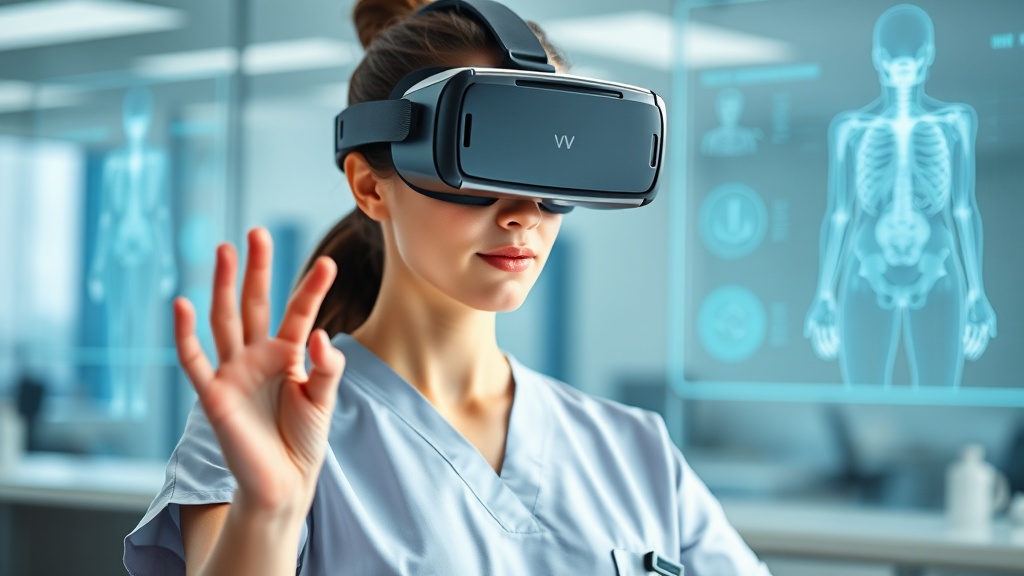
Breaking Down Digital Boundaries
What ties these developments together is VR’s increasing ability to blur boundaries. Between player and character. Between virtual and physical spaces. Between learning and doing.
The technology is becoming more integrated into everyday activities rather than remaining a separate, special-occasion experience. This matters enormously for mainstream adoption. When VR enhances what you’re already doing instead of requiring you to enter a completely different mode, it becomes genuinely useful rather than just impressive.
For developers working in VR and spatial computing, these examples show clear paths forward. Natural interaction is becoming standard. User-generated content is moving to the center. Practical applications are proving their value alongside entertainment.
The hardware is finally catching up to the vision. Better displays, more accurate tracking, and seamless mixed reality capabilities are enabling experiences that felt like science fiction just a few years ago.
What This Means for Tech and Crypto
These VR developments intersect with broader tech trends in interesting ways. Mixed reality environments could become platforms for displaying blockchain-based assets. Training simulations might incorporate tokenized certification systems. Virtual worlds are increasingly looking like they’ll integrate with decentralized economies.
The infrastructure being built today for VR experiences will likely support tomorrow’s Web3 applications. Spatial computing, natural interaction, and persistent virtual objects are all foundational technologies for the metaverse concepts that crypto projects have been exploring.
For investors and developers, the key insight is that VR is moving beyond proof-of-concept into practical application. The next wave of opportunities will likely come from companies that can bridge the gap between immersive experiences and real-world utility, whether that’s in training, commerce, or entirely new categories we haven’t imagined yet.
The VR revolution isn’t just coming. It’s here, and it’s already changing how we think about the relationship between digital and physical reality.
Sources
- “A New Sherlock Holmes VR Game Quietly Launched On Quest 3” (UploadVR, September 29, 2025)
- “Thief VR: Legacy of Shadow Shows Encouraging VR Stealth” (UploadVR, September 30, 2025)
- “Osso VR Launches Osso Nurse Training Platform to Accelerate Nursing Onboarding with Virtual Reality” (HIT Consultant, October 2, 2025)
- “Upcoming Quest Game Lets You Turn Your House Into a Custom Mini Golf Course” (Road to VR, October 3, 2025)
- “House Of Golf Tees Up Mixed Reality Mini-Golf Course Creation On Quest Soon” (UploadVR, October 2, 2025)













